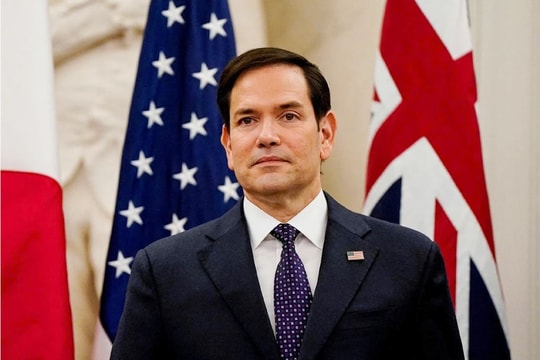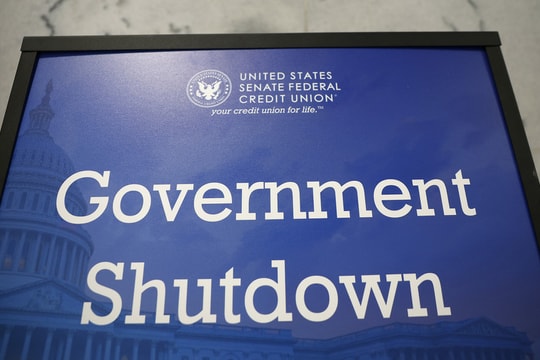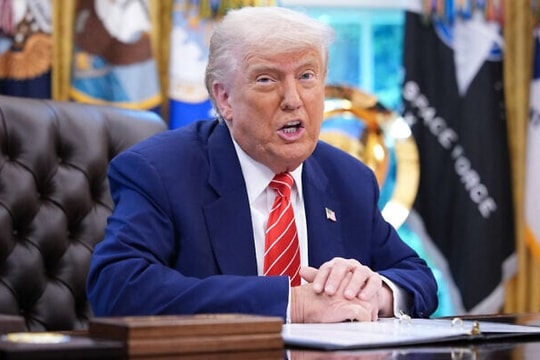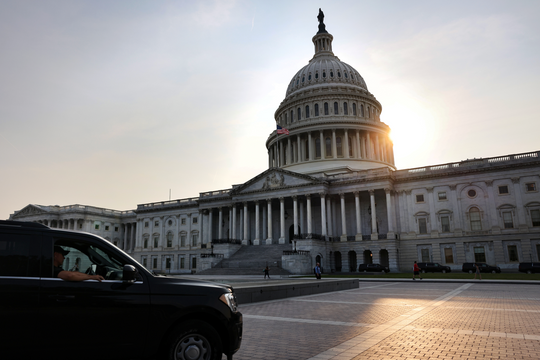What the US says will help NATO 'keep Russia in a state of fear'
Senior political analyst for European affairs at the Heritage Foundation Daniel Kochis offers suggestions on how to restore NATO's ability to defend its members.
Change focus
The expert noted that the recent summit of the alliance was a huge disappointment, as its biggest “achievement” was the inclusion of climate change on the agenda. In his opinion, this was just an attempt to divert attention from the difficulties the organization is currently facing.
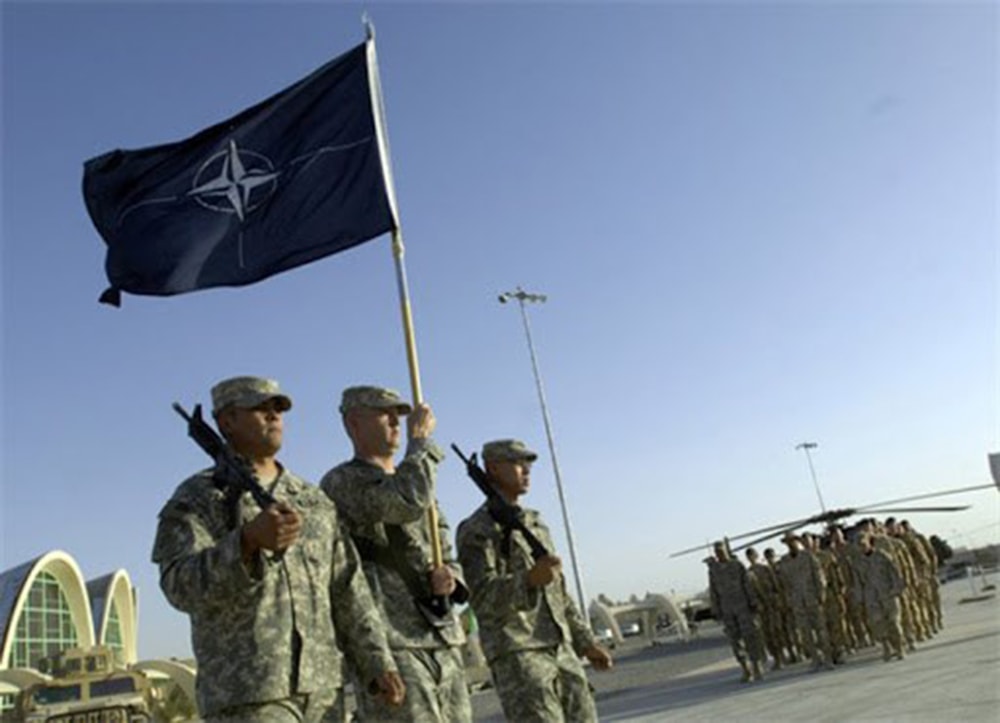 |
| NATO soldiers in Afghanistan. Photo: NATO |
The author explains that, for a time, NATO members could not agree on their views on existing security threats, and instead of seeking a compromise, the alliance opted for an umbrella approach, where every issue was considered equally hot.
Misplaced priorities
“After Joe Biden, NATO began to see climate change as the biggest threat, at least as important as confrontation with Russia, China, instability near Europe and the proliferation of weapons of mass destruction,” Kochis wrote.
He also worries that the United States and its coalition partners will de facto stop investing in weapons and equipment development, choosing to invest in green technologies.
The Biden administration faces a stark choice, the expert added: accept a less effective military and allocate funds to environmental innovation or focus on modernizing the US military in the future. He believes the organization needs to return to its roots and make territorial defense its primary goal, primarily “keeping Russia in a state of fear” and preventing it from using nuclear and conventional weapons.

